Growing tarragon and caring for a perennial plant
Tarragon is a perennial plant, the only representative of the wormwood group that does not possess its inherent bitterness. The bush of this spicy culture reaches a height of 30-150 cm. The roots of tarragon are firm and tough, outwardly sinuous with a large number of shoots. Stems are straight and strong. Leaves, which are up to 4 cm long, have sharp edges, are colored green or dark green. At the end of summer, light yellow flowers appear on the tops of the stems, collected in inflorescences. Tarragon is an unpretentious plant, and its cultivation is within the power of any gardener.
Soil preparation
Tarhun prefers sunny areas, while he is undemanding to the composition of the soil, although he prefers more light and well-drained soils. Does not like excess moisture. It grows well on abundantly fertilized soil, but a decrease in the amount of essential oils in the foliage and stems of the plant is noted.
Cultivation of tarragon is also possible on depleted soils due to the lack of fertile ones. In any case, before sowing, the land should be freed from weeds, especially from root suckers, and dug onto a shovel bayonet. This should be done in the fall, simultaneously with the introduction of organic compounds and minerals. 1 m2 ½ bucket of humus or compost is enough, as well as 20-30 g of phosphorus and potassium fertilizers.
It is interesting
The scientific name for tarragon is tarragon wormwood, or simply tarragon.
Reproduction of tarragon is carried out by seeds, layering, cuttings and dividing the bush.
Growing by seeds
In open ground, the seeds of the plant are sown in early spring. Tarhun calmly tolerates winter temperatures down to -30 ° C, therefore, if desired, it can be planted in the fall. Since tarragon seeds are very small, the soil must be cultivated very carefully. To avoid heap sowing, the seeds are mixed with dry sand and sown into shallow parallel grooves, followed by dusting with soil.
Advice
Before planting, the soil must be moistened.
Tarragon shoots appear in 14-20 days. The optimum temperature for germination is + 18 ° C and above. Seedlings in the phase of two leaves are thinned out, achieving a distance between them of about 15 cm.
Four years after sowing the seeds, tarragon begins to lose its taste, and bitterness appears in its leaves. Therefore, after this time, it is advisable to change its location. This can be done in two ways.
- Renewal by dividing the bush. In autumn or early spring, you need to carefully dig out the bush and divide it into 2-3 parts, trying to injure the root system as little as possible. It is advisable to soak each bush for some time in a growth biostimulator, then plant it in a new place and water it abundantly.
- Update by cuttings. More complex method with low survival rate. The operation should be carried out at the beginning of May (the terms may be changed depending on the climatic zone, the optimum temperature is + 18 ° С). It is necessary to cut young and healthy stems 10-15 cm long at an angle of 45 °. Then keep the cut for a day in a growth stimulator and plant in moist soil. It is best to cover the primer with a foil to retain moisture. The first roots will appear no earlier than a month later. After that, tarragon can be transferred to the place of permanent "residence". One adult plant can produce dozens of cuttings.
The seed method of growing takes quite a long time and is not advisable in all regions. Therefore, most often this spicy culture is planted with seedlings.
Planting seedlings
Sowing seeds for seedlings is carried out in early spring in pre-prepared pots or plastic containers. It is important that the soil is light, porous and constantly moist (not wet!). Therefore, it is better to place containers with sowing on trays and water from below. For overhead watering, it is more convenient to use a spray bottle.
Containers with future seedlings are placed in the greenhouse or on the windowsills. In the phase of two leaves, the seed is thinned out, leaving stronger seedlings with an interval of 6-8 cm. At the beginning of summer, seedlings are planted in open ground, two pieces in one hole are possible. Planting is carried out in moist fertilized soil.
Growing care
The spicy culture is characterized by high vitality rates. She is practically not afraid of pests and diseases common among other cultivated plants. After the tarragon has been planted, growing it comes down to easy care. All he needs is regular watering, weeding and loosening. Removal of weeds and loosening is carried out as needed, so that the aisles are always kept clean. After planting the tarragon in the first year of life, the introduction of any dressings should be excluded.
You can harvest the first crop in the same fall, the main thing is not to overdo it with cutting leaves, so as not to weaken the plant. If the tarragon has grown by only 25 cm, or even less, then it is advisable to postpone the harvest until next year. From the second year of life, you can cut the leaves throughout the summer.
Advice
After a while, the planted tarragon can grow in all the beds. Special precautions must be taken to prevent such uncontrolled breeding.
There are two effective ways to control plant reproduction:
- disembarkation directly into insulated containers (wooden boxes, buckets and other containers);
- arrangement of the entire perimeter of the garden bed with sheet steel dug in to a depth of 25-30 cm.
And in conclusion…
Do not set aside too much space for this plant. Firstly, this crop has a high yield. If there is no purpose to breed tarragon for sale, then 2-3 bushes are quite enough for personal use. Secondly, tarragon has a specific taste that not everyone may like.
In addition, there are restrictions on the use of the plant in food, which require special attention. So, tarragon is contraindicated for pregnant women and children under five years old.
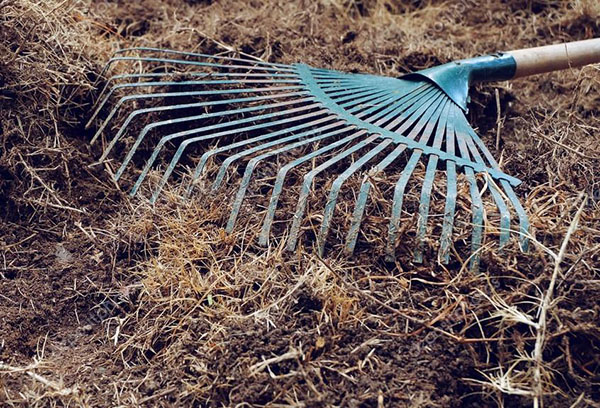

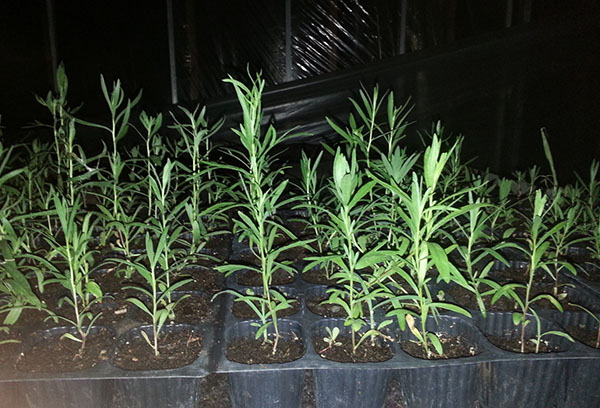
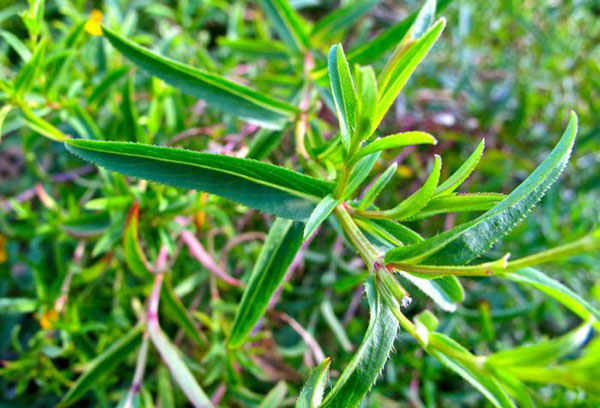

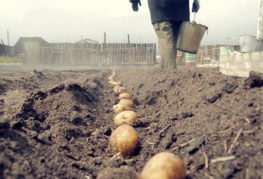
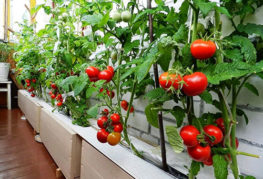
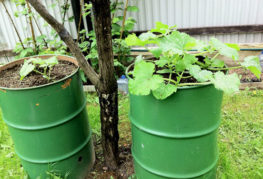
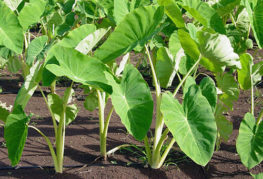


and will be published shortly.